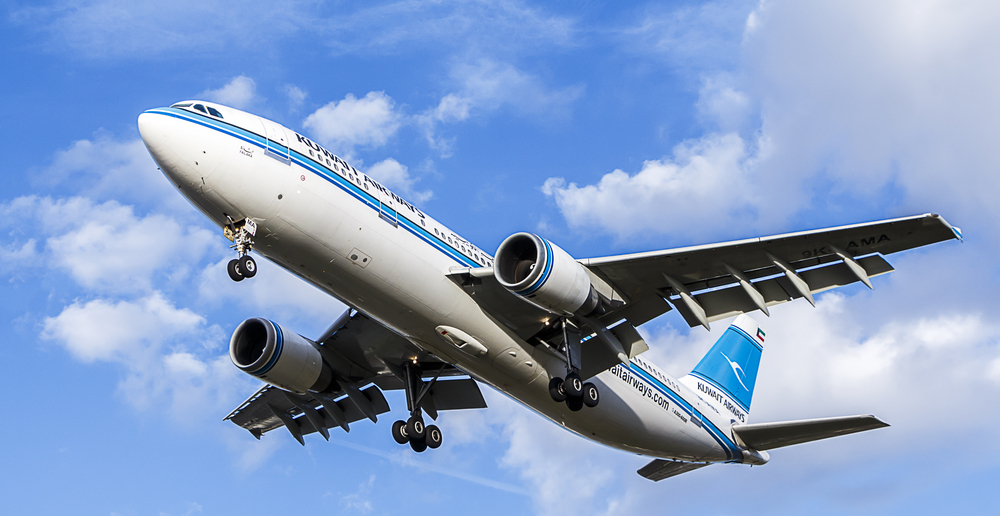The confetti was just cleaned up after the whole aviation community celebrated the 50th anniversary of Airbus less than a week ago. Exactly 50 years ago the story of a European multinational company started, when France and West Germany signed a document, affirming their commitment to the Airbus A300 program. The company officially took off on the 29th of May, 1969.
Along with the company, so did the tradition of naming Airbus aircraft in a certain way took off. That begs the question – why does every Airbus aircraft start with the number 3?
Starting from the Airbus A300
We all know how Boeing started naming their aircraft with the number 7, a combination that has remained relevant to this day. Every time you hear an aircraft starting with a 7 and ending with a 7, you know it’s a Boeing. Nevertheless, when Airbus announced its first passenger aircraft, it was met with quite a lot of skepticism. The A300 was unique at the time – no other wide-body aircraft had two engines. During the 70s, there were three wide-body aircraft, namely the Boeing 747, the DC-10 and the Lockheed L-1011 TriStar. The 747 had four engines, while the DC-10 and the L-1011 had three engines.
Airbus had a simple reason why they named their first jet the A300 – it carried 300 passengers. The A stands for Airbus!
Anyways, the manufacturer presented the Airbus A300B1 with the following specifications:
300 passengers
2 General Electric (GE) CF6-50A high-bypass turbofan engines
Maximum Take-Off Weight of 132,000 kilograms (291,010 lbs)
However, Airbus built only 2 A300B1 airframes. This was because the company further studied the aviation market at the time and realized that no airline would order a passenger jet with 300 aircraft, thus they reduced the maximum passenger count to 250. But the name A300 stuck, not to confuse potential customers. As time went on and the freshly-started aircraft manufacturer introduced new models, namely the smaller A310, it wanted to keep the naming cohesion and dubbed it the A310.
Skipping the A360 and the A370
The same cohesion followed through Airbus’ family of aircraft.
After the company unveiled the A310 and now-bankrupt Swissair introduced it to the world in 1983, Airbus subsequently named the next aircraft the A320, the A330, A340 and the A350. But it had skipped the Airbus A360 and the A370 and went straight to the Airbus A380 name. Why Airbus doesn‘t have an A360 and A370 model?
It could be because of the sheer size of the A380. Due to the fact that it is that much bigger than the A350, Airbus still has the option to build aircraft between the A350 and the A380 in regards to their size and passenger capacity. It‘s no secret that eventually the company will have to introduce new aircraft to replace their A320 or A330s, even if they are fairly new because of the neo (new engine option) upgrade.
While Boeing is running out of 7×7 format names, as they only have the 797 left. But aviation journalists have already reported that the 797 name will go to Boeing’s newest aircraft, currently officially called the NMA. As a result, Boeing will have no remaining 7×7 names left. Airbus still has that flexibility, because the A360, A370 and the A390 are still free.
Additionally, the Toulouse-based manufacturer has ventured into the A2XX name format with the former-Bombardier CSeries aircraft. While there is no official reason why the A220 starts with a 2, people have speculated that because the jet is smaller than any Airbus aircraft. One more theory is that because the planemaker didn’t originally design and manufacture the CSeries, so it is not named using the 3XX format. So, the next time someone asks the question of why Airbus aircraft start with a 3, the answer is simple – it’s because its first aircraft, the A300, could potentially fit 300 passengers. In order to keep the strength of the brand, every aircraft after the A300 also used the A3XX format.

